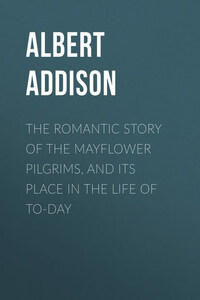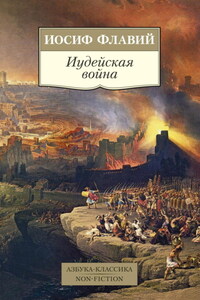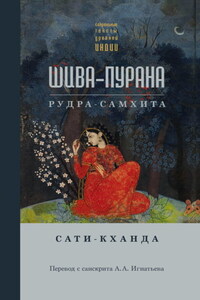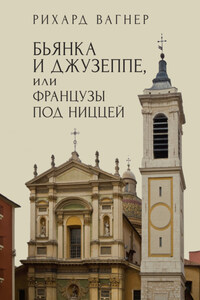PREFACE
By a strange yet happy coincidence, on the very day the writer of these lines sat silent in a Pilgrim cell at Boston – the Lincolnshire town where the Pilgrims were imprisoned in their first attempt to flee their native country – pondering on the past and inscribing his humble lines to the New World pioneers, the President of the American Republic was at Provincetown, Massachusetts, dedicating a giant monument to the planters of New Plymouth, the last of the many memorials erected to them. The date was the fifth of August, 1910. President Taft in his address at the commemoration ceremonies declared very truly that the purpose which prompted the Pilgrims' progress and the spirit which animated them furnish the United States to-day with the highest ideals of moral life and political citizenship. Three years before, another American President, Mr. Roosevelt, at the cornerstone laying of this monument, enlarged on the character of their achievement, and in ringing words proclaimed its immensity and world-wide significance.
Down through the years the leaders of men have borne burning witness to the wonderful work of the Pilgrim Fathers. Its influence is deep-rooted in the world's history to-day, and in the life and the past of our race it stands its own enduring monument.
The object of the present narrative is to give to the reader an account of the Mayflower Pilgrims that is concise and yet sufficiently comprehensive to embrace all essentials respecting the personality and pilgrimage of the Forefathers, whom the poet Whittier pictures to us in vivid verse as:
those brave men who brought
To the ice and iron of our winter time
A will as firm, a creed as stern, and wrought
With one mailed hand and with the other fought.
In the pages which follow, the Old World homes and haunts of the Pilgrim Fathers are depicted and described. The story has the advantage of having been written on the scene of their early trials, concerted plans of escape, and stormy emigration, by one who, from long association, is familiar with the history and traditions of Boston and the quaint old sister port of Gainsborough, and perhaps imparts to the work some feeling of the life and local atmosphere of those places in the days that are dealt with, and before. The Pilgrims are followed into Holland and on their momentous journey across seas to the West. The story aims at being trustworthy and up-to-date as regards the later known facts of Pilgrim history and the developments which reflect it in our own time. It does what no other book on the subject has attempted: it traces the individual lives and varying fortunes of the Pilgrims after their settlement in the New World; and it states the steps taken in recent years to perpetuate the memory of the heroic band. The tale that is told is one of abiding interest to the Anglo-Saxon race; and its attractiveness in these pages is enhanced by the series of illustrations which accompanies the printed record. Grateful acknowledgment is made of much kindly assistance rendered during the preparation of the work, especially by the Honourable William S. Kyle, Treasurer of the First (Pilgrim) Church at Plymouth, Massachusetts.
Men they were who could not bend;
Blest Pilgrims, surely, as they took for guide A will by sovereign Conscience sanctified.
From Rite and Ordinance abused they fled To Wilds where both were utterly unknown.
– Wordsworth, "Ecclesiastical Sonnets," Part III. Aspects of Christianity in America, I. The Pilgrim Fathers.
In romance of circumstance and the charm of personal heroism the story of the Pilgrim Fathers is pre-eminent.
– J. A. Doyle's "English in America."
The coming hither of the Pilgrim three centuries ago … shaped the destinies of this Continent, and therefore profoundly affected the destiny of the whole world.
– President Roosevelt, at the laying of the corner-stone of the Pilgrim Memorial Monument at Provincetown, Massachusetts, August 20th, 1907.
FROM A PILGRIM CELL
The Pilgrims' Cells,
Guildhall, Boston, Lincolnshire.
This is written in a Pilgrim cell, one of those dark and narrow dungeons which the Pilgrim Fathers tenanted three hundred and four years ago, in the autumn of 1607, and behind the heavy iron bars of which men have for generations delighted to be locked in memory of their lives and deeds. The present-day gaoler, less terrible than his predecessor of Puritan times, has ushered me in and closed the rusty gate upon me, and left me alone, a willing prisoner for a space. I look around, but do not start and shrink in mortal dread as must once the hapless captives here immured.
'Tis a gloomy place as a rule; but just now some outer basement doors, flung open, admit the autumn sunlight, which floods the hall floor and penetrates to the cell where I am seated. To get here I have stooped and sidled through an opening a foot and a half wide and five feet deep, set in a whitewashed wall fourteen inches thick. I stand with arms outstretched, and find that the opposite walls may be pressed with the finger-tips of each hand. The cell extends back seven feet, and the height is the same between the bare stone floor and the roughly boarded roof. All is dingy, cobwebbed, musty, and silent as the grave. Like the neighbouring tenement it is cold, mean, melancholy, fit only to be shunned. Yet its associations are dear indeed. For this is holy ground, a hallowed spot, a Mecca of modern pilgrims. It has a history held sacred in two hemispheres, that of religious persecution, of loyal resolution, of physical fetters and spiritual freedom.








